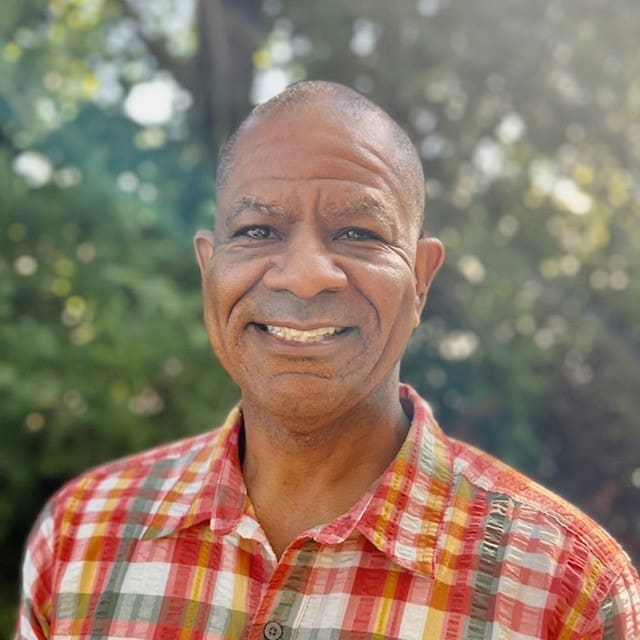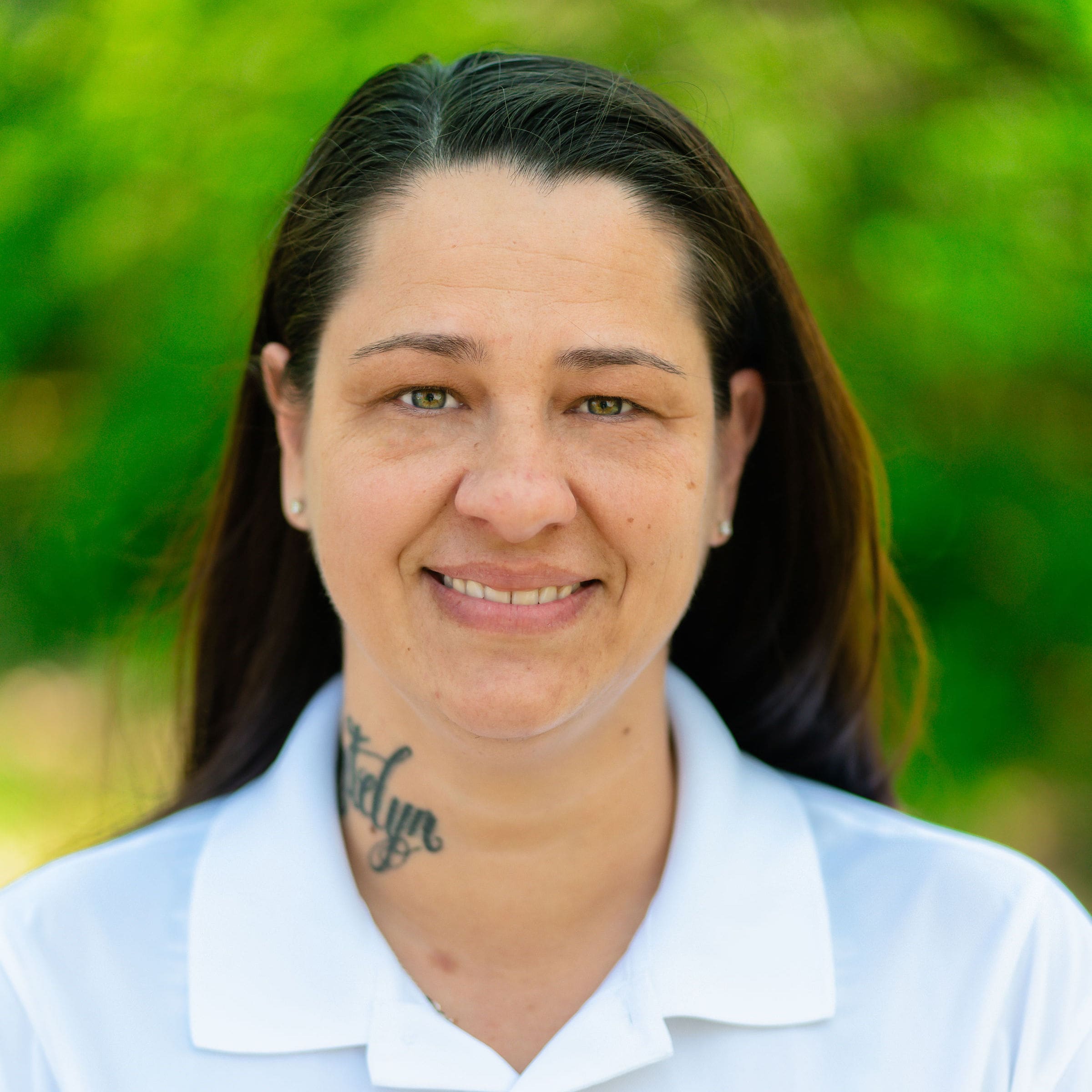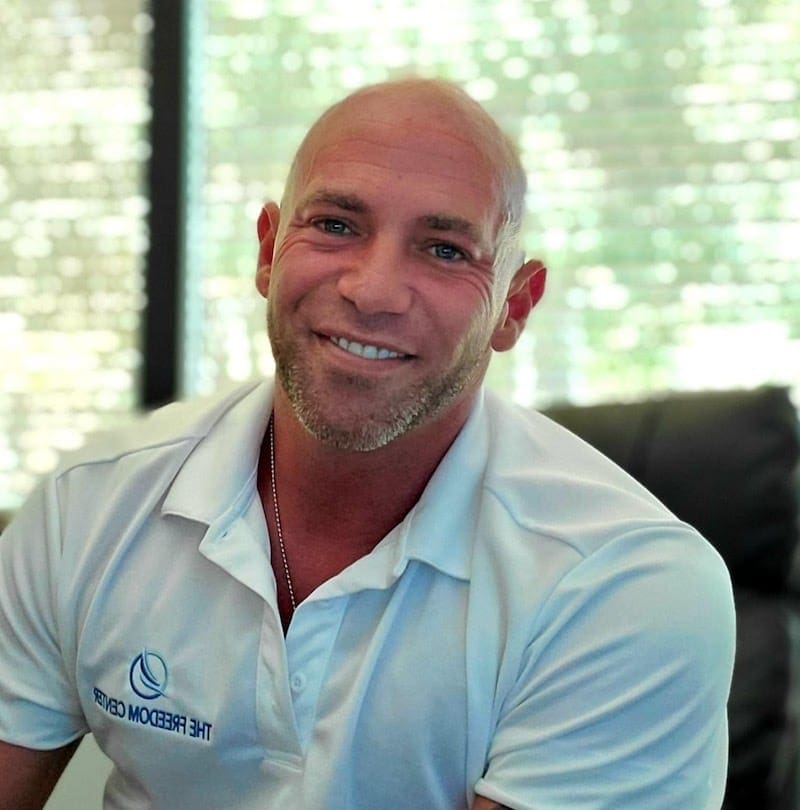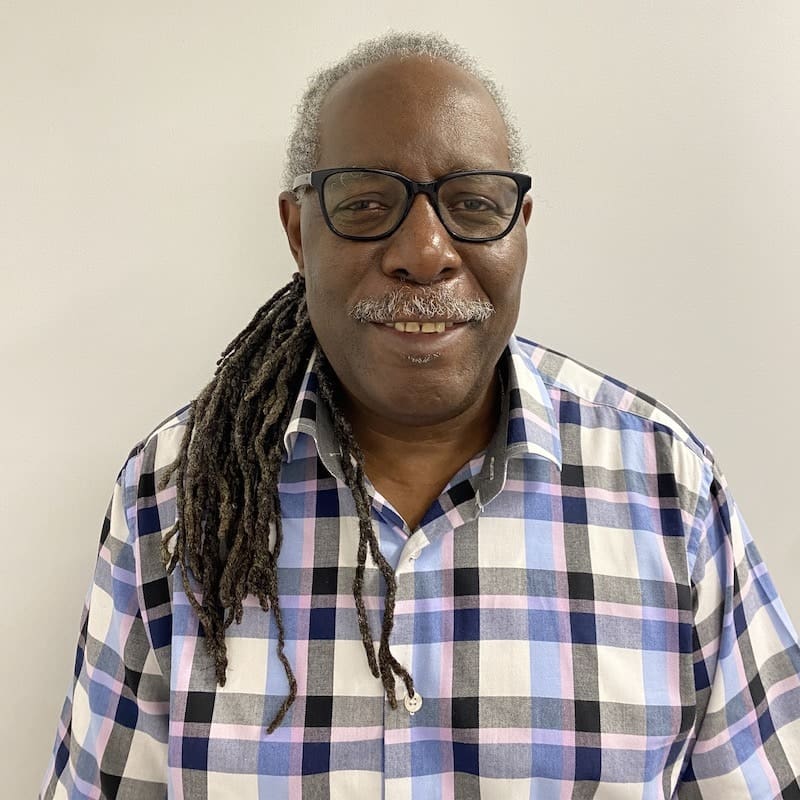Music buffs are likely familiar with the 27 Club. Rather than an actual “club,” this name refers to the belief that a statistically abnormal number of musicians die at the age of 27. In many cases, their death relates to substance abuse. Some cases also involve violent means of death, such as suicide or even murder. Statisticians tend to disagree that the 27 Club presents any true statistic abnormalities. But according to Charles R. Cross, biographer of Kurt Cobain and Jimi Hendrix:
“The number of musicians who died at 27 is truly remarkable by any standard. [Although] humans die regularly at all ages, there is a statistical spike for musicians who die at 27.”
Regardless of who you choose to believe, the sheer existence of the 27 Club indicates great tragedy for musicians who dabble in drug and alcohol abuse. Currently, there are 60 confirmed members of the 27 Club. The most recent addition, Anton Yelchin (who played guitar for The Hammerheads in addition to starring as Pavel Chekov in the Star Trek reboot) demonstrates that not all members die of substance abuse. Nonetheless, many of the more well-known members share a tragic history of struggles with addiction.
Death by addiction should evoke a sense of tragedy at any age. For instance, while Gram Parsons may not qualify for the 27 Club, his death at 26 due to morphine overdose reminds us that this disease often snuffs out life in its prime. Below, we’ll briefly discuss five members of the 27 Club whose deaths prove similarly tragic. We may never know what contributions they might have offered the world if they remained alive today. Let this remind us that every life should be lived to the fullest every life, whether famous or not.
Jimi Hendrix

Guitar legend Jimi Hendrix joined the 27 Club on September 17, 1970. Many disagree on the details of his last day, and even the coroner declared an open verdict on the cause of death. Postmortem examination, however, indicates that Hendrix likely died of asphyxiation after choking on his own vomit. Before his death, he took nine Vesparax sleeping pills, a strong barbiturate with a recommended dosage of half a tablet. He obtained the pills from Monika Dannemann, a German figure skater and his girlfriend at the time. Not only was Dannemann the last acquaintance to see Hendrix alive, but she claimed that he asked for her hand in marriage before his death.
Hendrix struggled with drugs and alcohol for quite some time before joining the 27 Club. In 1962, he walked into a bar and spent nearly all he had. After that, he began experimenting with drugs such as LSD, cocaine, and amphetamines. By 1967, he was abusing drugs regularly on tour. But it was largely drinking that often did him in. When he drank, he became violent. He committed vandalism and attacked his friends and girlfriends. His friends described his drunken self as a completely different person, devoid of the love that Hendrix often expressed when sober.
Many admire Hendrix for his guitar skills, with the Rock and Roll Hall of Fame calling him “arguably the greatest instrumentalist in the history of rock music.” He popularized many staples of rock and roll guitar playing, such as the wah-wah pedal and the use of amplifier feedback. But his legacy is not just that of a musician or an alcoholic. While the world lost a great musician, Dannemann lost a lover, and many others lost a friend. Such is the consequence of drug abuse.
Janis Joplin

Even before she became famous, Janis Joplin stuck out. When she studied at the University of Texas at Austin, the school newspaper ran an article on her entitled “She Dares to Be Different.” It read:
“She goes barefooted when she feels like it, wears Levis to class because they’re more comfortable, and carries her Autoharp with her everywhere she goes so that in case she gets the urge to break into song, it will be handy. Her name is Janis Joplin.”
Joplin’s unique and rebellious attitude didn’t always win admiration. As a child, many bullied Joplin for her appearance and her stance on racial integration. But she never stopped being herself, and her music caught the attention of those who appreciated the constant emotion in her voice. Unfortunately, her drug use began not long after her career, and it didn’t take long to spiral out of control. Rarely did a person see her without a bottle of Southern Comfort in her hands, and she regularly abused psychoactive drugs.
In 1965, after a stint with methamphetamine, Joplin tried to cut back on drugs and alcohol. She went back to school, nearly became married, and soon joined up with Big Brother and the Holding Company. But her on-and-off relationship with substance abuse was far from over, and by 1969 she was appearing onstage at Woodstock after mixing alcohol and heroin. The next year, saddened after two friends failed to show up on a night they promised to keep her company, she overdosed on an unusually potent strain of heroin and died.
After Joplin joined the 27 Club, many of her friends continued using. Several died of overdoses. Perhaps her entry into the 27 Club could have been a lesson. Unfortunately, addiction often trumps reason, leaving death and despair in its wake.
Jim Morrison

Strangely, nobody technically knows whether Jim Morrison entered the 27 Club due to drug overdose. The coroner stated that Morrison died of heart failure. Morrison’s girlfriend, however, claimed that he died of a heroin overdose. Pamela Courson, the woman dating Morrison at the time of his death, stated that he snorted heroin under the false belief that he was doing cocaine. Much like Janis Joplin, it appears that Morrison died after mixing heroin and alcohol. After vomiting blood, he appeared to recover for a short period before becoming unresponsive. Courson went back to sleep before waking up to find Morrison dead.
Nobody quite agrees on this story. That said, anyone familiar with the history of The Doors knows that Jim Morrison engaged in frequent substance abuse before joining the 27 Club. He even reportedly had a drunken encounter with Janis Joplin, who hit him over the head with a whiskey bottle at a party. Most disagreements about his cause of death stem from a potential respiratory condition that he suffered. Band members say that Morrison was coughing up blood for at least two months before his death.
While he joined the 27 Club in 1971, Morrison’s struggles with alcohol began in the 1960s. Much like Hendrix and Joplin, music fans associate Jim Morrison with the rise of the counterculture in the mid-twentieth century. He expressed great interest in religion and philosophy, incorporating these influences into his music. His poetic lyrics continue inspiring musicians to this day. Like many others on this list, there’s no telling what he may have accomplished had drugs and alcohol not taken his life.
Kurt Cobain

Believe it or not, the concept of the 27 Club did not exist until the death of Kurt Cobain. Conspiracy theorists believe that his suicide by gunshot in 1994 occurred largely so that he could join the 27 Club. However, the traces of diazepam and heroin in his body made it clear that Cobain was not himself. In his suicide note, he stated that he no longer enjoyed the pursuit of creating music. But long before his actual death, he had already attempted suicide by overdose, ingesting large amounts of champagne and Rohypnol.
Friends and family, including wife Courtney Love, tried to save Cobain before his death. They arranged an intervention and asked him to undergo detox at a Los Angeles treatment center. While in treatment, he appeared to understand his substance abuse problem. But just about a week before his death, he left the treatment center by scaling the fence. Many witnesses then saw him in Seattle during the days leading up to his suicide.
Nirvana drummer Dave Grohl once stated that he expected Cobain to die young. He said that
“In some ways, you kind of prepare yourself emotionally for that to be a reality.”
But many of Cobain’s friends did not expect him to join the 27 Club when he did. In treatment, he seemed like a man on the mend. But between his substance abuse and chronic depression, Cobain found himself fighting a difficult war with his inner demons.
Perhaps Cobain knew that he was suicidal. On the other hand, perhaps he left treatment simply to relapse and return home. The world may never know exactly why Cobain pulled the trigger. Like many addicts who die too young, Cobain’s entry into the 27 Club leaves behind nothing but sad memories and unanswered questions.
Amy Winehouse

One year before releasing the ironic single “Rehab,” Amy Winehouse began experiencing extreme weight loss. At the behest of her father and her management team, she sought rehabilitation. Unfortunately, she left just fifteen minutes after entering. After leaving, Winehouse began a downward spiral. She became violent, admitting that her behaviors largely stemmed from her drinking.
In 2007, Winehouse overdosed on drugs and alcohol. Cocaine, heroin, ecstasy, and ketamine were all found in her system. Aside from substance abuse, she struggled against depression, self-harm, and eating disorders. These struggles appeared to continue over the next couple of years, although Winehouse claimed to remain sober. No one knows whether or not she told the truth about this. Those who knew her, however, believed that she was getting better.
On July 23, 2011, Amy Winehouse joined the 27 Club. Despite remaining drug-free, she drank until she eventually succumbed to alcohol poisoning. Since her death, her father has blamed himself for not identifying the problem earlier. But no matter how much we beat ourselves up for their problems, we cannot raise the dead. Amy Winehouse possessed amazing talent. When it came to alcohol, however, she met her match. What once resulted in legal and personal issues eventually became a matter of life and death.
Mitchell Winehouse and his fear that led to his daughter’s entry into the 27 Club should resonate with anyone who has lost a loved one due to drugs and alcohol. Perhaps he could have staged an intervention and fought the problem before it escalated. But the friends and family of addicts and alcoholics rarely identify the disease until it spins out of control. And at that point, no one else can save them. The addict must make that choice for themselves.
27 Club Conclusion
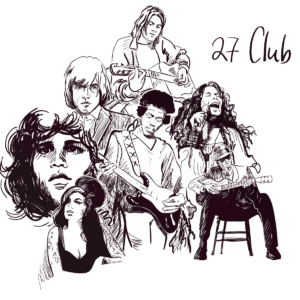
Amy Winehouse left behind a grieving father. Kurt Cobain, Jim Morrison, and Jimi Hendrix left behind grieving lovers. Janis Joplin left behind several friends who shared her affliction. Some people say that everyone dies alone. But these members of the 27 Club demonstrate that this does not have to be true. It is when we give ourselves over to drugs and alcohol that we isolate ourselves. And in many cases, the mixture of isolation and substance abuse ultimately seals our fate.
Each of these stories contains a lesson. And these lessons, despite their place in the 27 Club, have nothing to do with age. We might be too old to join the 27 Club. We might be too young. Either way, a life lost to substance abuse is a life wasted. Each of these individuals changed the world through their music. But more than that, they changed the lives of those who knew them well. Everyone possesses the power to change the lives of everyone we meet. We must simply remain alive long enough to do so.
Don’t let the problem continue unabated if you or someone you know struggles with alcoholism or addiction. Seek help now, because you never know when substance abuse might lead to the end. Whether or not you feel ready to die, you can rest assured that your loved ones are not ready to lose you. Find a Maryland addiction recovery center near you today.





















